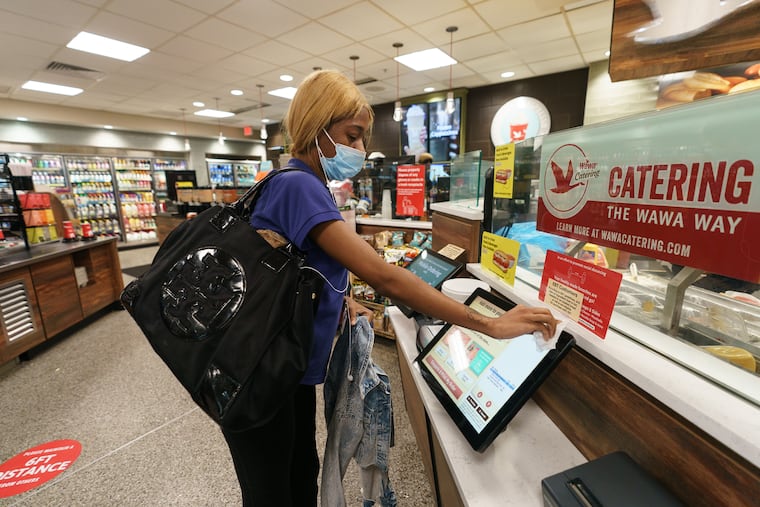No, coronavirus won’t kill the touchscreen
Industry leaders and experts say touchscreens aren’t going away, but instead will likely become just one option for consumers to order food or check out items.

Industry leaders and experts say touchscreens aren’t going away, but instead will likely become just one option for consumers to order food or check out items.
